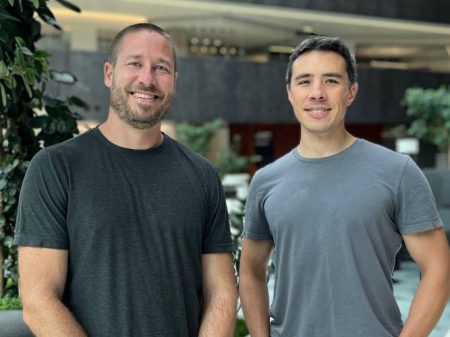Today’s housing market poses many challenges for prospective and first-time homebuyers due to expensive home prices, high mortgage rates, and low housing inventory. According to the most recent Home Purchase Sentiment Index from Fannie Mae, only 19% of people believe it’s a good time to buy a home. Despite these obstacles, buying a home in 2024 is not impossible, but it requires willing to compromise and understanding the total cost of homeownership.
When considering buying a house, it is crucial to understand the various costs involved beyond the down payment. Down payment is an upfront contribution to the home purchase and a higher down payment can lead to lower monthly mortgage payments and better interest rates. However, it is possible to buy a home with a minimal upfront contribution, typically around 3% of the purchase price, but may require paying for private mortgage insurance to offset risk for the lender.
Closing costs are often overlooked expenses that should be expected at the time of signing paperwork. These costs include fees for home appraisal, recording transfer of ownership, real estate transfer taxes, title insurance, and lender fees for loan origination. Depending on the location, closing costs can range from 1% to 6% of the purchase price. Sellers may cover a portion of closing costs, or buyers can negotiate for a larger portion to be covered.
Prepaid costs, such as property taxes, homeowners insurance premiums, and an earnest money deposit, should also be considered when budgeting for a home purchase. Moving costs are another expense to keep in mind, especially if moving long distances. Monthly payments for the mortgage will be a recurring expense that includes principal, interest, insurance, property taxes, and potentially mortgage insurance if required.
Other costs of homeownership that should be accounted for include property taxes, homeowners insurance, HOA fees, utility costs, and maintenance and repair expenses. A typical homeowner pays an average of $14,155 annually in additional costs on top of mortgage payments. To ensure a successful home purchase, it is essential to consider how these ongoing expenses fit into the budget alongside the initial costs.
To save for a down payment, buyers can explore down payment assistance programs, stash cash in a high-yield savings account, or create a budget to cut back on nonessential expenses. It is also important to keep track of credit scores, mortgage rates, and housing prices to make informed decisions. By following these tips and understanding the costs involved in buying a home, prospective buyers can navigate the housing market and work towards owning a home in 2024.












